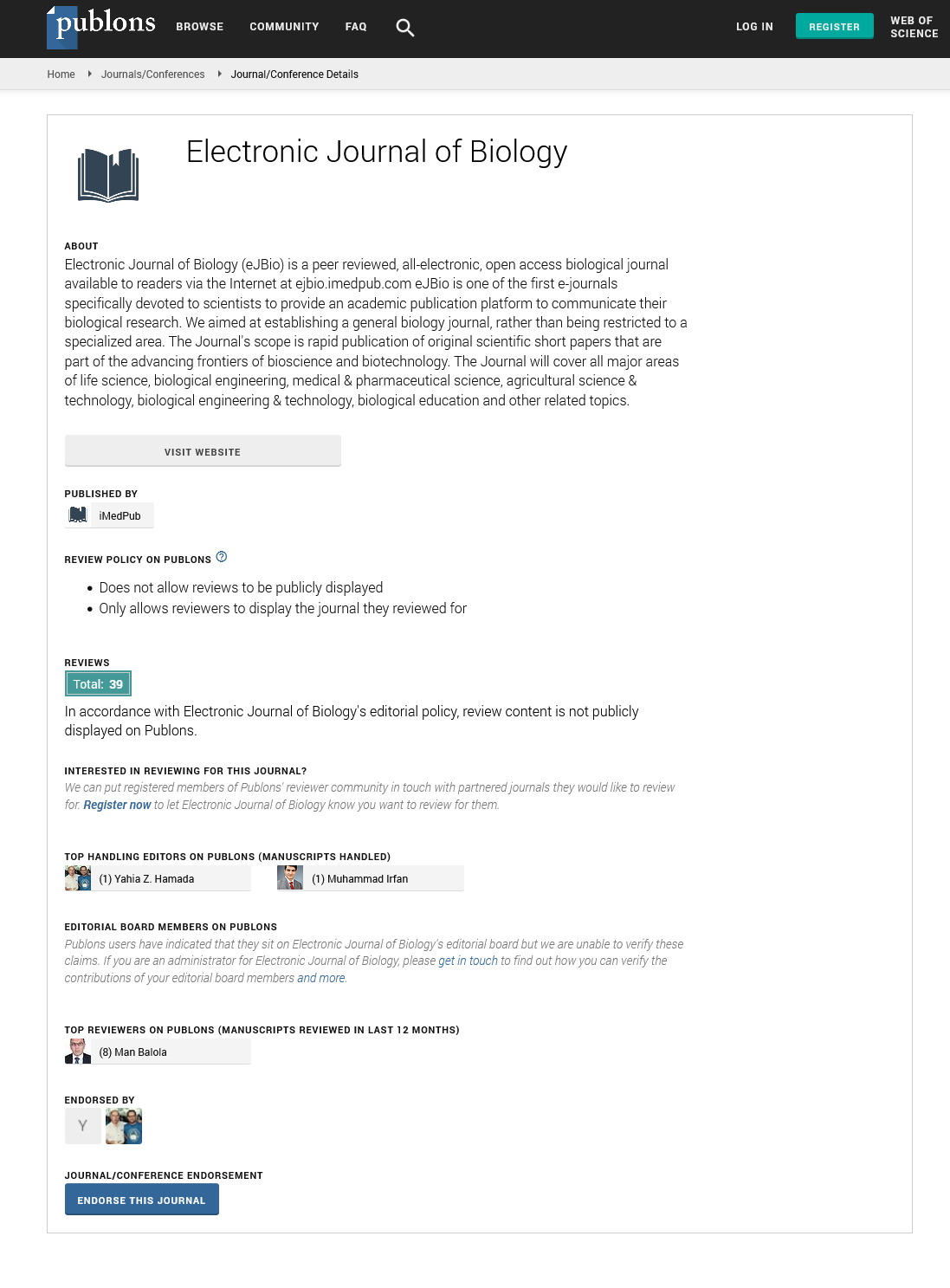Abstract
Malaria Prevention and Control Methods Practice and Associated Factors among Rural Households: A Community Based Cross-Sectional Mixed Study
Introduction: Communities’ malaria prevention and control methods practices contribute immensely to sustainable control of malaria. This evidence is quite limited in the study area. Hence, this study aimed to assess Malaria prevention and control methods practice and associated factors among rural households. Method: Community-based cross-sectional mixed quantitative and qualitative study was conducted from April to June 2020, in the West Belessa district. We considered a 740 sample size. We used structured and semi-structured questionnaires for quantitative and qualitative components respectively. We collected the data by interviewing for quantitative and focus group discussion for qualitative. The data was coded and entered using Epi info7 and analyzed using SPSS software. We fitted the binary logistic regression model to identify the associated factors. Result: A total of 738 subjects were included with a 99.7% response rate. Half, 50.9% of respondents had a good malaria prevention and control methods practice. Long-lasting insecticide nets (LLINs) and insecticide residual spray (IRS) were practiced by 21.1% and 80.5% respectively. Poorest, poor, medium and rich wealth quintiles with [AOR=0.45, 95% CI: 0.27, 0.76], [AOR=0.51, 95% CI:0.30, 0.88], [AOR=0.24, 95% CI: 0.14, 0.42] and [AOR=0.21, 95% CI: 0.12, 0.36] respectively Gond ebrareg Kebele [AOR=3.88, 95% CI: 2.43,6.20], female [AOR=0.65, 95% CI: 0.47, 0.90], illiterate [AOR=0.34, 95% CI 0.16, 0.72], poor knowledge [AOR=0.52, 95% CI: 0.36, 0.75] were significantly associated with good malaria prevention practice. All of the FGD participants. Conclusion: IRS and environmental management malaria prevention and control methods practices were relatively high. However, LLINs and other malaria prevention methods were poorly practiced. Wealth index, respondents living kebele, female sex, educational status, and respondents’ malaria prevention knowledge are positively associated with the practice of malaria prevention.
Author(s):
Tsigie Baye Aragie1*, Haileab Fekadu wolde2, Bethelihem Tigabu3, Kindie Fentahun Muchie4
Abstract | Full-Text | PDF
Share this

Google scholar citation report
Citations : 5001
Electronic Journal of Biology received 5001 citations as per google scholar report
Electronic Journal of Biology peer review process verified at publons
Abstracted/Indexed in
- Google Scholar
- China National Knowledge Infrastructure (CNKI)
- CiteFactor
- Electronic Journals Library
- Zoological Records
- WorldCat
- Proquest Summons
- Publons
- MIAR
- Openaccessarticles.com
- Secret Search Engine Labs
Open Access Journals
- Aquaculture & Veterinary Science
- Chemistry & Chemical Sciences
- Clinical Sciences
- Engineering
- General Science
- Genetics & Molecular Biology
- Health Care & Nursing
- Immunology & Microbiology
- Materials Science
- Mathematics & Physics
- Medical Sciences
- Neurology & Psychiatry
- Oncology & Cancer Science
- Pharmaceutical Sciences


